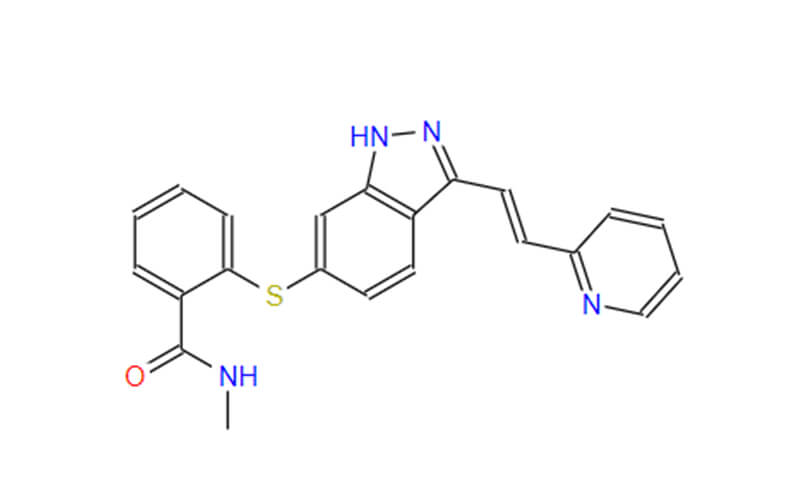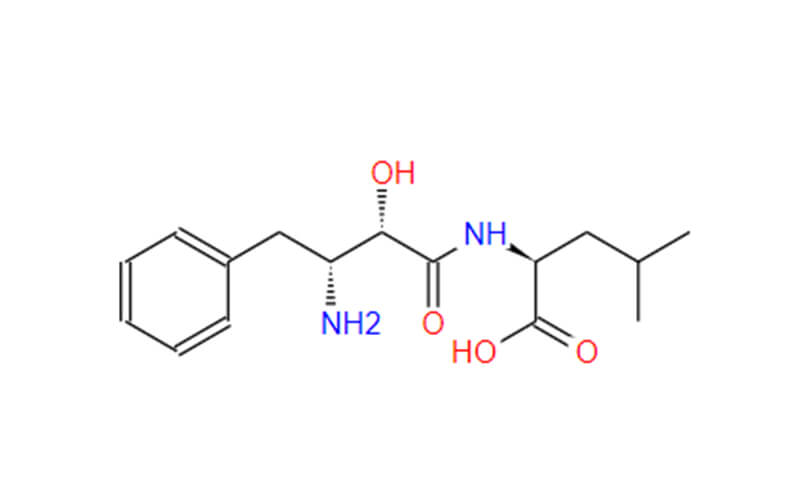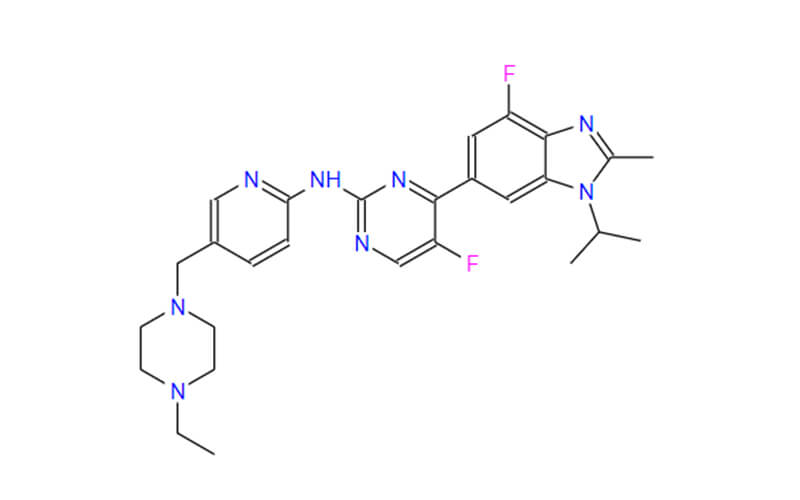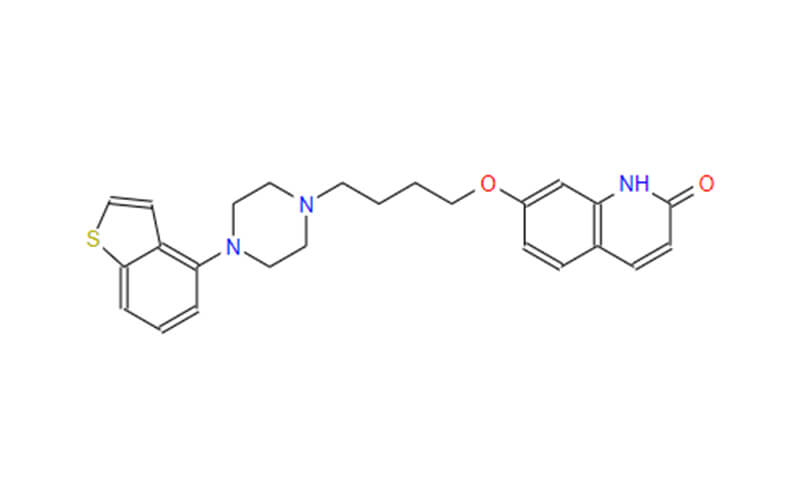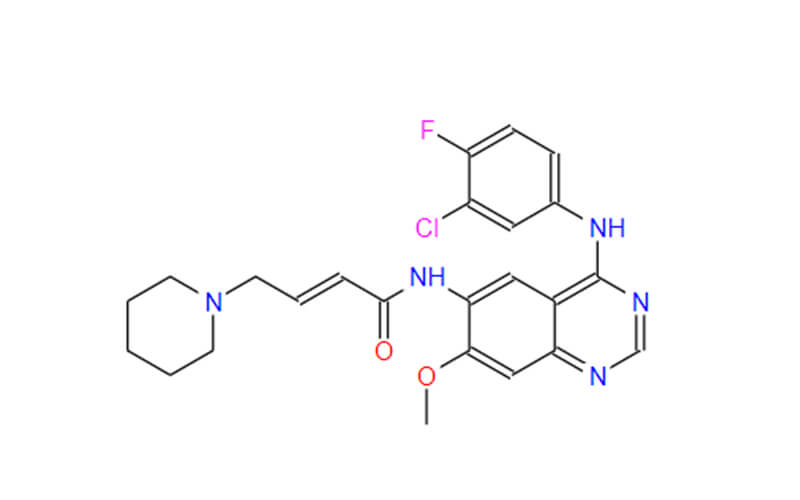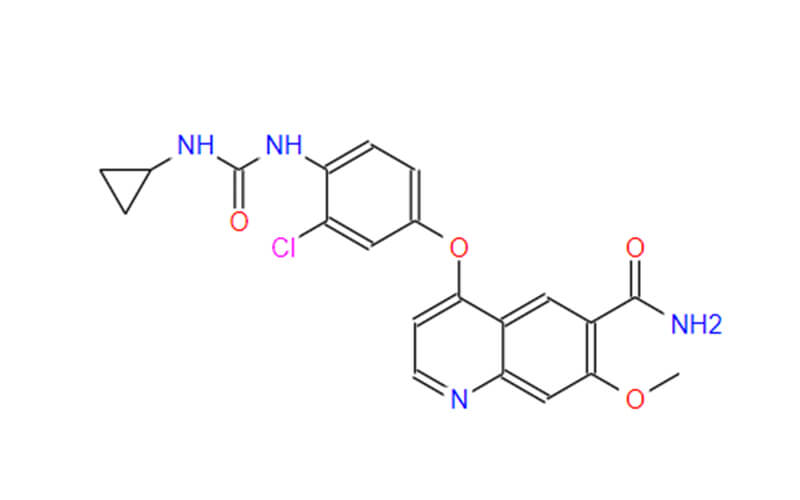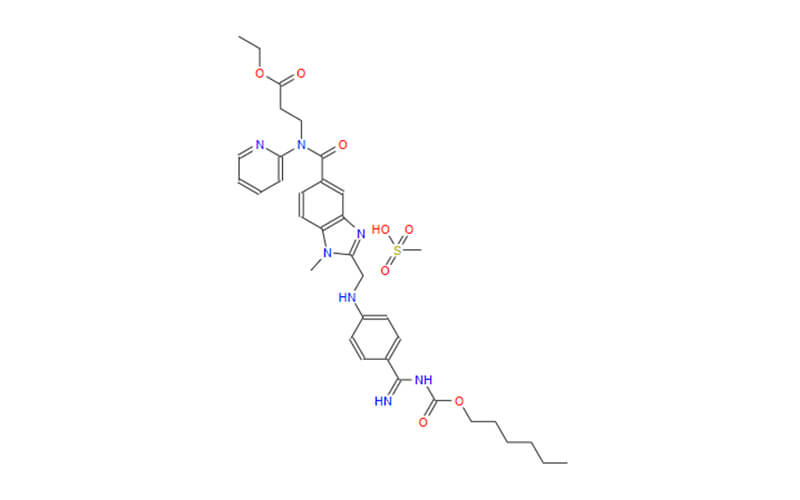Nilotinib Hydrochloride for Pediatric CML for Younger Patients
Chronic Myeloid Leukemia (CML) is a blood cancer characterized by the uncontrolled growth of white blood cells. While rare in children, it’s the most common leukemia diagnosed in adolescents, posing a unique challenge for treatment. Thankfully, advancements in targeted therapies like Nilotinib Hydrochloride (Nilotinib) offer hope for young patients. This article delves into the potential of Nilotinib, exploring its mechanism of action, tailoring therapy for younger patients, and future directions in research.
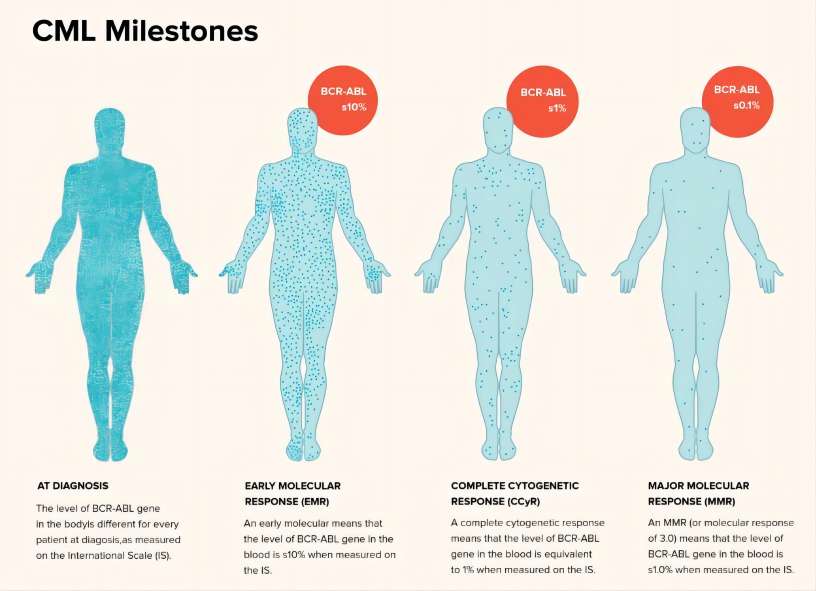
Chronic Myeloid Leukemia (CML) and Its Prevalence in Children
Chronic Myeloid Leukemia (CML) is a rare hematologic malignancy characterized by the abnormal proliferation of myeloid cells in the bone marrow and peripheral blood. While CML is more commonly diagnosed in adults, pediatric cases represent a small fraction of all childhood leukemias. The incidence of CML in children is estimated to be around 1-2 per million children per year, making it a relatively uncommon diagnosis in pediatric oncology.
Despite its rarity, pediatric CML poses unique challenges due to differences in disease presentation, treatment response, and long-term outcomes compared to adult CML. Pediatric patients often present with distinct clinical features, including a higher prevalence of advanced disease stages at diagnosis and a lower incidence of symptoms such as fatigue and abdominal discomfort. Additionally, the optimal treatment approach for pediatric CML remains an area of ongoing research, as traditional therapies used in adults may not be as effective or well-tolerated in children.
Therefore, there is a critical need for tailored treatment strategies that consider the unique needs and characteristics of pediatric CML patients to improve their prognosis and quality of life. Early detection, accurate diagnosis, and multidisciplinary care involving pediatric oncologists, hematologists, and other specialists are essential for achieving optimal outcomes in children with CML.
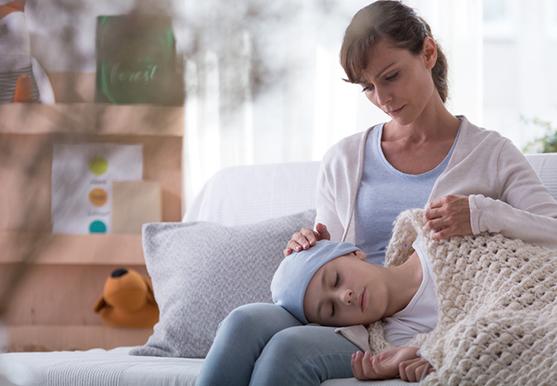
Tailoring Therapy of Nilotinib Hydrochloride for Younger Patients
While Nilotinib Hydrochloride has emerged as a potent weapon against Chronic Myeloid Leukemia (CML) in adults, tailoring its use for younger patients requires a nuanced approach. While offering faster and deeper responses than traditional options like Imatinib, its application in children demands careful consideration of unique challenges:
- Growth and Development: Nilotinib’s long-term impact on growing bodies is still under investigation. Close monitoring and potential dose adjustments are crucial to minimize potential side effects on bone growth and organ development.
- Drug Interactions: Children often take medications for unrelated conditions, necessitating a meticulous evaluation of potential interactions with Nilotinib to avoid adverse reactions.
- Psychosocial Aspects: The emotional and social toll of a chronic illness like CML can be overwhelming for both the child and their family. Comprehensive support systems addressing psychological well-being and social integration are essential for holistic care.
Therefore, therapy with Nilotinib in children necessitates:
- Individualized Plans: Treatment should be based on each child’s specific needs, considering age, genetic profile, and risk factors.
- Multidisciplinary Approach: Collaboration between oncologists, pediatricians, pharmacists, and psychologists ensures optimal medical care and psychosocial support.
- Long-Term Monitoring: Regular evaluations are crucial to assess efficacy, address side effects, and adapt the treatment plan as needed.
Research efforts are focused on:
- Dosage Optimization: Identifying the most effective and safe dosage for different age groups and individual variations.
- Combination Therapies: Evaluating the potential benefits of combining Nilotinib with other targeted therapies or immunotherapy for improved outcomes.
- Long-Term Effects: Studying the long-term safety and impact of Nilotinib on young patients to ensure their well-being throughout their lifespan.
By proactively addressing these challenges and actively pursuing research, we can harness the power of Nilotinib while tailoring its use to offer young CML patients the best chance for a healthy and fulfilling future.
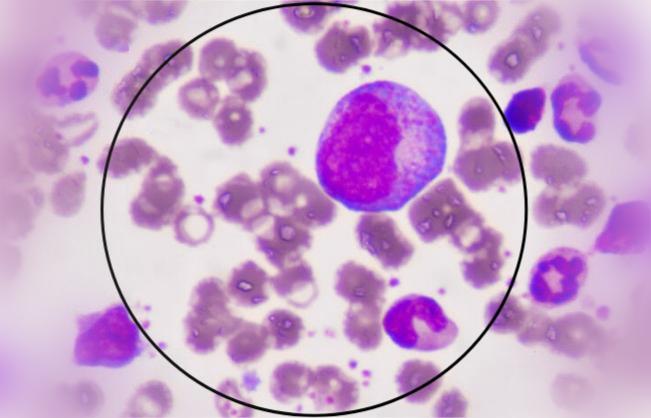
Mechanism of Action of Nilotinib Hydrochloride in Targeting CML
Chronic Myeloid Leukemia (CML) emerges from a genetic mutation, giving rise to a rogue protein known as BCR-ABL. This protein acts as a catalyst for uncontrolled division among white blood cells, fueling the progression of the disease. Nilotinib Hydrochloride, a targeted therapy, enters the fray with a precise objective: neutralizing the BCR-ABL protein and arresting the growth of leukemia cells.
Here’s how Nilotinib accomplishes its mission:
- Targeted Binding: Nilotinib is intricately crafted to fit snugly into the active site of the BCR-ABL protein, akin to a key fitting into a lock. This specific binding prevents the protein from interacting with other molecules crucial for its signaling and growth-promoting functions.
- Engine Inhibition: BCR-ABL relies on a pocket within itself for its energy source, known as ATP. Nilotinib competes with ATP, effectively starving the protein of the energy it needs to operate. This incapacitates BCR-ABL, hindering its ability to drive leukemia cell proliferation.
- Disrupted Signaling: Normally, BCR-ABL transmits signals throughout the cell, encouraging growth and survival. Nilotinib disrupts these pathways, leaving leukemia cells bewildered and unable to respond. Consequently, their growth is stunted, and cell death is promoted.
- Precise Assault: Unlike conventional chemotherapy, which can harm healthy cells along with cancerous ones, Nilotinib’s specificity minimizes collateral damage. By targeting a specific protein anomaly unique to CML cells, it largely spares healthy cells from harm.
- Long-Term Management: While Nilotinib may not always eradicate CML entirely, it can effectively manage the disease, inducing a state of deep remission. This allows patients to lead long and fulfilling lives with minimal disease burden, offering hope for a brighter future.
Clinical Trials and Future Directions
The fight against CML in children doesn’t end with the development of effective therapies like Nilotinib. Researchers are continuously striving to refine and personalize treatment approaches for this unique population. Here’s a look at some key areas of ongoing exploration:
Clinical Trials: Fine-Tuning the Strategy
- Dosage optimization: Studies are investigating the most effective and safe dosages of Nilotinib for different age groups and individual variations, ensuring optimal benefit with minimal side effects.
- Combination therapies: Trials are exploring the potential of combining Nilotinib with other targeted therapies or immunotherapy for potentially improved outcomes, such as deeper remissions or even cures.
- Long-term effects: Ongoing studies are monitoring the long-term safety and impact of Nilotinib on young patients, ensuring their well-being throughout their lifespan.
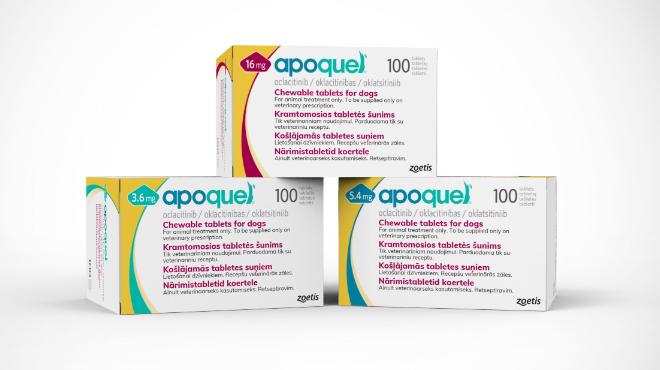
Future Research Avenues: Charting the Course for Better Futures
- Genetic profiling: A deeper understanding of individual genetic profiles could allow for personalized treatment plans, tailoring therapy based on specific mutations for targeted interventions.
- Minimizing side effects: Research efforts are focused on developing strategies to further reduce potential side effects associated with Nilotinib, improving the quality of life for young patients.
- Patient-reported outcomes: Integrating patient perspectives and experiences into research will help guide treatment strategies towards not just clinical efficacy but also improved quality of life and psychosocial well-being.
By actively pursuing these research avenues, we can continuously optimize the use of Nilotinib and unlock new frontiers in CML treatment for young patients. The ultimate goal is to provide them with the best possible chance for not just survival, but for thriving and living long, healthy lives free from the shadow of this disease.
Disclaimer: This information is for educational purposes only and should not be interpreted as medical advice. Please consult with a qualified healthcare professional for any questions or concerns regarding CML or its treatment.

